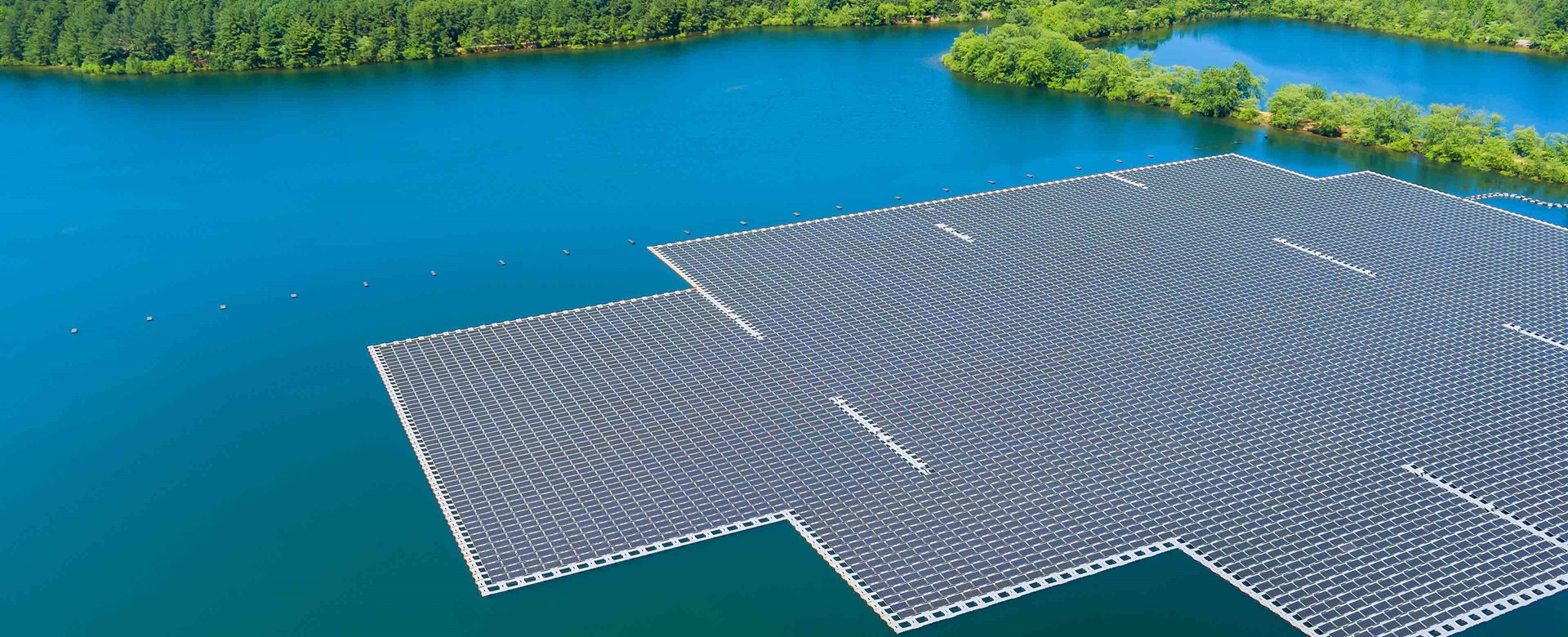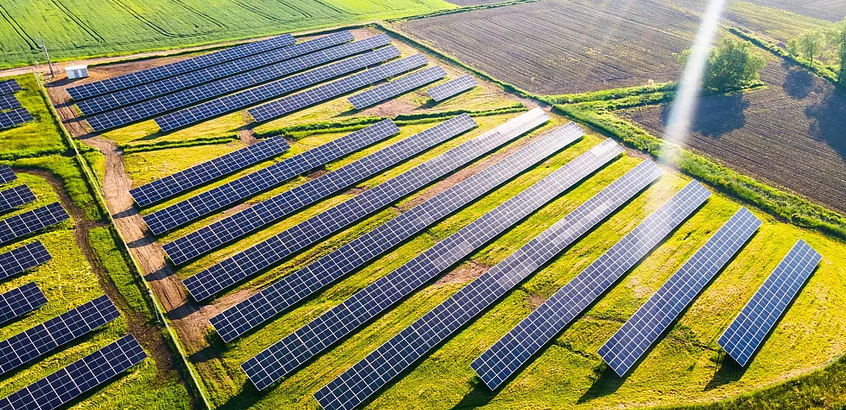The urgency to switch to sustainable energy sources is undeniable, given the relentless effects of climate change, the depletion of fossil fuels, and the hazardous impact of air pollution on public health. In Europe air pollution kills more than 1200 children and teenagers according to data from the European Environment Agency (EEA) every year. We know the problem is real.
But what can we do? The European Commission has set ambitious goals to reduce CO2 emissions, banning Internal Combustion Engines —ICE Vehicles sales by 2035 and inspiring countries to prioritize sustainable energy sources —such as wind, solar, hydro, geothermal and biomass. As we embrace the transition, there has been a notable rise in energy projects, including battery storage, wind, and photo-voltaic panel initiatives worldwide.
Photo-voltaic panels for instance convert sunlight into electricity, commonly found on land in large groups known as — Solar farms — but recently, floating solar panel initiatives have started also to appear on man-made water surfaces.
 Photo: RWG (man-made lake).
Photo: RWG (man-made lake).
The increasing demand for clean energy has also led to a growing debate over land use for solar panel installations, particularly concerning the preservation of agricultural land. According to a recent Euronews article, large-scale solar projects on farmland in the United States have divided families and communities. The challenge lies in finding a balance between promoting renewable energy and preserving ecosystems, wildlife, and crop production for a sustainable future.
 Photo: euronews.
Photo: euronews.
While this shift undoubtedly carries immense benefits, it is essential to approach it with mindfulness, we must strike a delicate balance between harnessing solar power and preserving the beauty of our —natural landscapes, ensuring that croplands, natural lakes, and riversides— remain unblemished by solar farms.
In our pursuit of a sustainable future, it is crucial to explore innovative approaches and best practices for solar farm installations. This may include prioritizing the use of brown-field sites, developing agrovoltaic systems that combine solar power generation with agricultural activities, or implementing guidelines to minimize the impact on ecosystems and local communities. By adopting such practices, we can strive for a harmonious coexistence between clean energy production and the preservation of our natural landscapes and agricultural land.